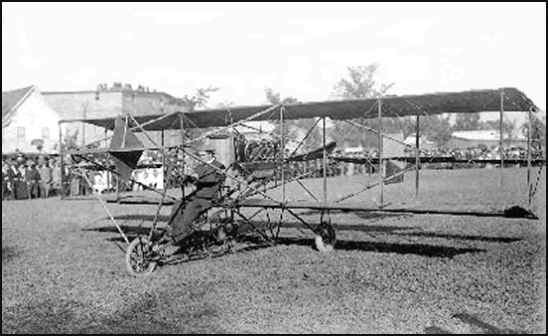
 |
|
|
|
Early Aviation and Local History of Hammondsport,N.Y. |
|
The Henry Ford of Aviation It had been assembled by Jack Carpenter, now deceased, who had long been devoted to documenting the contributions of Curtiss and giving him the attention he so well deserves. It has to be one of the most important resources for the online aviation history student to date. (11-17-03) |
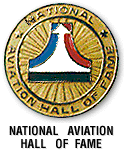 |
|
"OUR MISSION STATEMENT" I thank Geoffrey Grimsman for alerting me to this new website. I think you find it to be a very valuable resource, one which you will want to re-visit from time to time. You may access the site by clicking on the title above. |
|
Glenn Curtiss' Record-Setting Flight to Cedar Point Early Aviation and Local History of Hammondsport,N.Y. |
 |
|
The 16 officers of the 1st Aero Squadron pose before some of the unit's 77 enlisted men and eight aircraft at San Diego, Calif. in September 1914 From The AVIATION HISTORY Magazine |
|
In Pursuit of Pancho Villa Taking part in Brig. Gen. John J. Pershing 1916 Mexican expedition was a learning experience for the U. S. Army's first air arm-- mainly in respect to its own deficiencies. by Gary Glynn The worried young pilot flew south, deeper into hostile territory, navigating by the stars. Below the fabric-covered wings of his Curtiss JN-3 "Jenny" darkness had already obscured the unfamiliar landscape of northern Mexico. Lieutenant Edgar Gorrell,had never flown at night before, and his engine was overheating. The flight had been jinxed from the start. Pre-flight preparations consumed more time than expected, so the eight planes of the 1st Aero Squadron had not taken off until late in the afternoon on March 19, 1916. Not long after they flew south from Columbus, New Mexico, Lieutenant Walter G. Kilner had turned back with engine problems. Navigation errors contributed to the squadron's problems. Each plane carried a different type of compass, and the aviators were equipped with poor maps. Only one flier, Lieutenant Townsend F. Dodd, had ever made a night flight before. |
 |
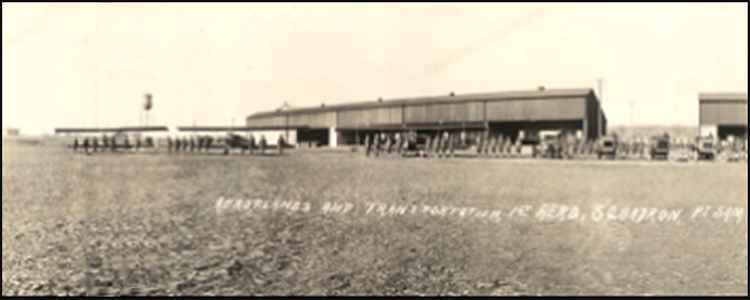 |
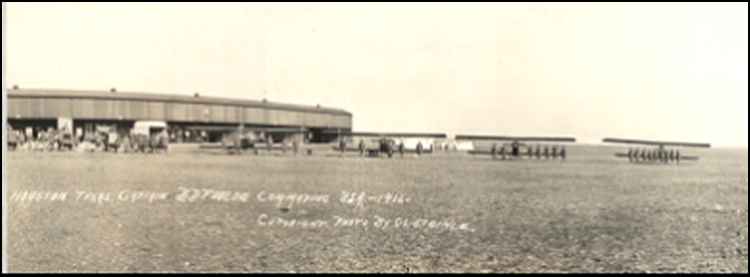 |
|
Library of Congress Collection, 9-14-07 |
|
MEXICAN PUNITIVE EXPEDITION, 1916 By Capt. Benjamin D. Foulois, Signal Corps, U.S. Army Harold and many other Early Birds are mentioned in this story. You can access it by clicking on: First Aero Squadron |
|
|
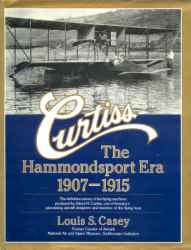 |
|
The Hammondsport Era, 1907-1915 The definitive survey of the flying machines produced by Glenn H. Curtiss, one of America's pioneering aircraft designers and inventor of the flying boat. Louis S. Casey Former Curator of Aircraft National Air and Space Museum, Smithsonian Institution |
|
"This book accurately documents Curtiss's formative years from the first Aerial Experiment
Association glider to the refined flying boats used during World War I. Featuring 160 photographs and 42 three-view scale drawings. It
is an essential part of the record of American aircraft development and will be of value to all aviation buffs, historians, and model
builders." |
|
CONTACT: The Story of the Early Birds by Henry Serrano Villard Thomas Y. Crowell Company JACKRABBITS TO JETS: The History of North Island by Elretta Sudsbury Hall & Ojena Publications |
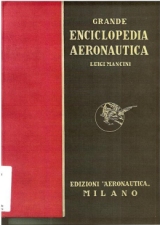 |
GRANDE ENCICLOPEDIA AERONAUTICA LUIGI MANCINI Product Details Hardcover: 660 pages Publisher: EDIZIONI "AERONAUTICA" MILANO (1936) |
|
EXTRACT: Glenn Curtiss
Nato nel 1878, costruì prima biciclette e poi motociclette: Venuto a conoscenza dei
successi dei Wright, costruì un aeroplano ottenendo risultati molto soddisfacenti. Il 7 ottobre 1909 si brevettò pil. av. (brev. N. 29), nel 1909 a Reims guadagnò la Coppa Gordon Bennet ed al Circuito di Brescia vinse il Gran Premio dei 50 Km. di velocità senza scalo. Il 28 maggio 1910 compì in 8 tappe il viaggio Albany - New York (Km. 220) guadagnando il Premio di 5000 lire (18682 € attuali) del < Nel 1913 conquistò la medaglia d'oro Langley istituita dalla Smithosonian Institution. Col suo aeroplano egli poté anche partire ed atterrare dalla tolda di una nave. Dopo aver vinto molte altre gare, si dedicò completamente alla costruzione dei velivoli che portano il suo nome. Glenn Curtiss
Born in 1878, he first built bicycles and then motorcycles. After hearing of the Wright brothers' brilliant achievements,
he built an aircraft which turned out to be very successful.On October 7, 1909, he took out a pilot's license (License No. 29) and won the Gordon Bennett Trophy at the Reims Air Meeting. In the same year, he was awarded the Grand Prix speed of 50 km non-stop in Brescia. On May 28, 1910 he flew from Albany to New York (km 220) in eight laps gaining a 5.000 Lira prize (€ 18.028 at present) by the < In 1913, he won the Langley Gold Medal offered by Smithosonian Institution. In 1914, in order to prove his priority as an inventor to the Wright brothers, who had sued him, he flew Langley's old aircraft, powered by a 100HP engine. With his plane, he also made the first takeoff and landing on the deck of a ship. After winning many more competitions, he devoted himself entirely to the building the aircraft which bore his name. Italian text and English translation contributed by Giovanni Giorgetti, 9-4-10 |


|